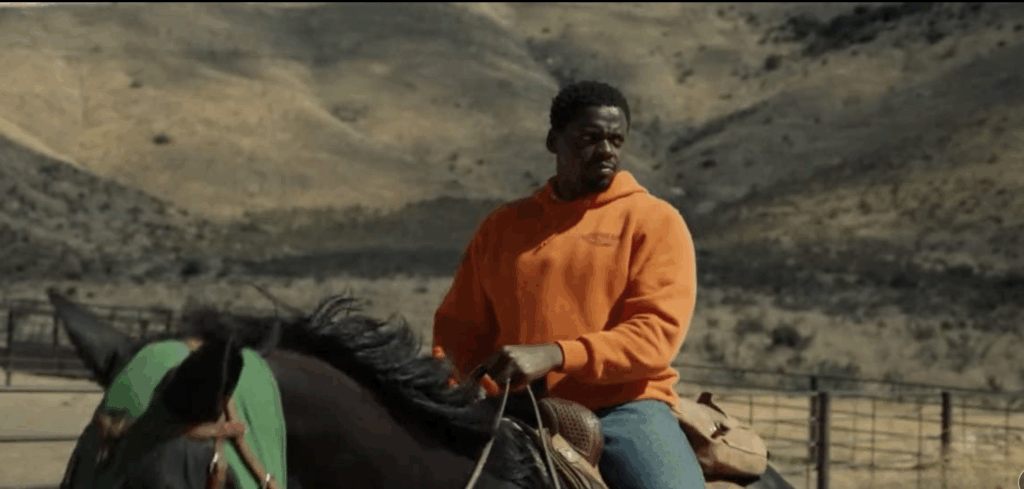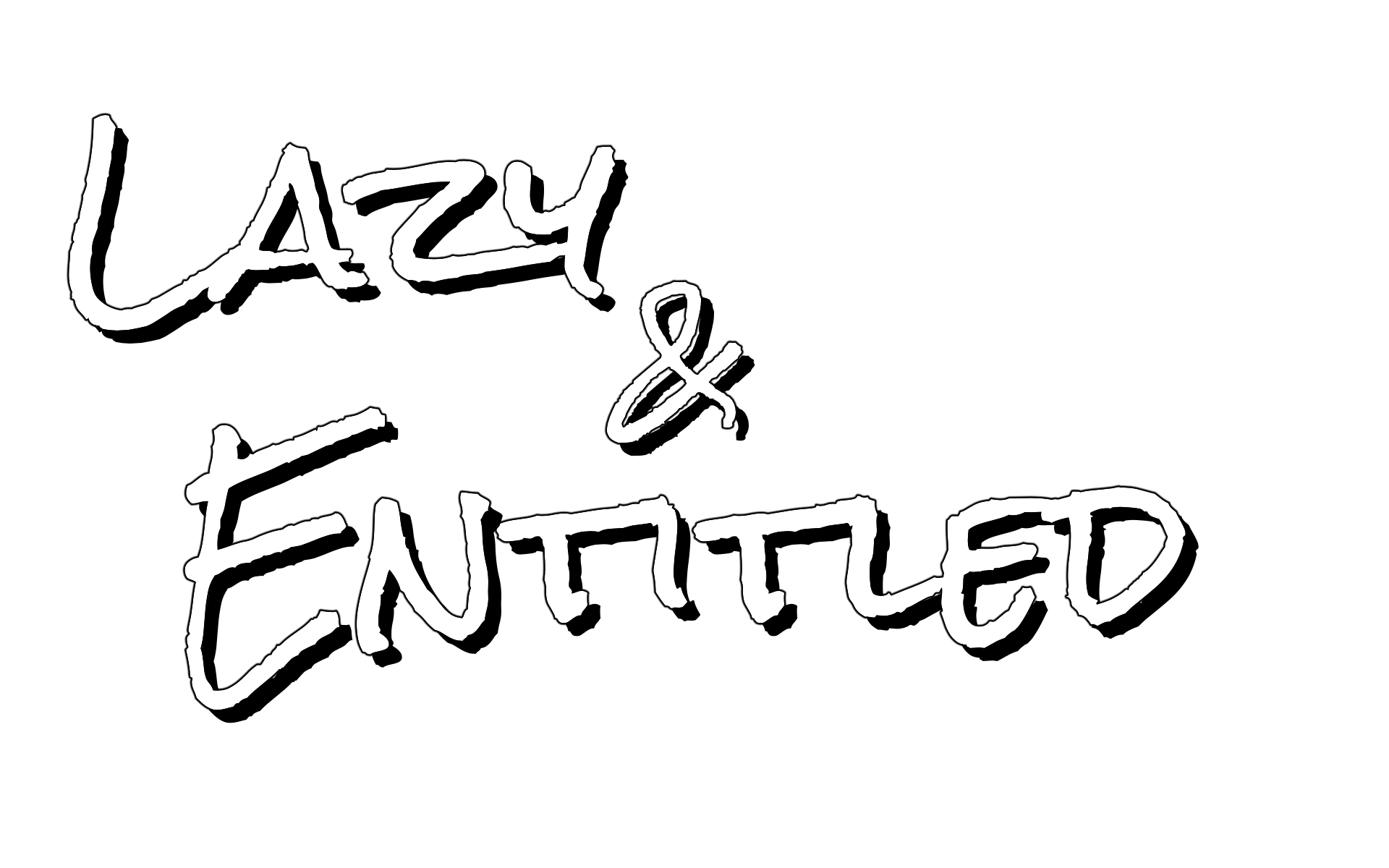“Five stars, Angel, five stars.” – Em, ‘NOPE’
It’s often easy, when reading a book, to imagine a movie or TV adaptation. “Lakeith David should definitely be the lead here,” or “probably couldn’t use a live whale for Moby-Dick, right?” or “how many Kiwis you figure would make a realistic-looking orc army?” Similarly, movie adaptations provoke questions among readers before the movie comes out. “How’d they handle Zaphod’s two heads?” or “wait, it’s Heart Of Darkness, but they’re setting it where?”
I have the reverse happen sometimes. There are films where, thanks to their structural language, I can see clearly in my head as a very ambitious collection of poems (or experimentally-formatted novel). Part of this stems from my fascination with genre-bending, my love of novels in verse like Autobiography Of Red or Dreaming Of You. Also my love of research poetry books, like Leadbelly by Tyehimba Jess, The Big Smoke by Adrian Majteka, or Utopians In Love by Bob Sykora. Name-dropping books is not an explanation, I know. We need concrete examples. Let’s talk about Nope.
It’s an easy opening move, to start your poem with a naked image. “butter too cold to cut,” begins one of my poems, Lisa Jarnot’s “COW HOUSE PIGEON RAT POEM” begins with: “Cow and horse and pigeon rat and / cow and pigeon, horse and rat.” Nope starts with the dad’s death scene on the ranch, before it goes into that nearly contextless image of square color fading into the running horse on old film. Of course, OJ and Emerald are horse trainers, and trace family lineage back to the earliest workers in the earliest days of motion pictures. At this point in the movie, though? We don’t really know that. We just have the image of the horse and the score. Put a pin in those bright colors, too.
How might a poet handle this? Would we get a haibun or something similar, a paragraph of prose exposition followed by descriptive lines of poetry? Would we get a proper proem, maybe telling the story of that first Black jockey in the motion pictures the way a poet making an invocation would?
When OJ is on that commercial set, waiting for Emerald to arrive as various Hollywood obliviousness crescendos, you can picture the cacophony filling the page, probably chopped up by caesuras. When Emerald comes in with her slick, tour-guide practiced version of the Haywood family history plus rules for being around horses. It’s easy to imagine how Frank Standford or the Bible would handle repeating information. Or picture Emerald’s speech in couplets, which my good friend Dr. Han VanderHart says are the sexiest poetic structure.
Breaking your movie into chapters, something QTarantino loves doing, is usually going to work on me. It’s maybe an easy way to give weight to your movie. “Oh, this section is called ‘Gordy,'” you think. “That black screen with white lettering reminds me of this NYT-bestselling book. You know the one. The Only Good Indians by Stephen Graham Jones, where he titled one section ‘Sweat Lodge Massacre.’ This movie is thought-out!”
From there, the Gordy section—an extended flashback of the story Jupe can only allude to with Chris Kattan references. The Gordy scene is told almost entirely with implication, the image of an actress’s limp foot, the sound of an actor’s impotent pleading devolving to screams, the blood dripping from Gordy’s chin. Despite all those gruesome hints, there’s no blood-and-entrails-and gore money shots, like you’d get in Friday The 13th. Just elliptical horror technique and poetic affect, rolled into one (watch that one here, if you don’t mind the gore).
Structurally, It’s a little like Zachary Schomburg stopping The Man Suit for 10 pages for all of those back telephone / white telephone poems to play out their little scene. If the general rule for scripts is one page = one minute, all I’m saying is sometimes it’s interesting to think about how you’d get everything you see on screen to one page.

Skipping to the end and not trying to be too spoiler-y, consider when we actually see the inside of the alien. From the earliest victims at Jupe’s, all the way to Antlers’ cosmic horror mental break, any glimpse we get of the creature only raises more questions. All them bright colors! Why’s it sound rubbery? Those questions can never be answered, because the characters here do not time to contemplate the digestive tract of the thing eating them/trying to eat them. The immediacy of the situation, the characters’ often wordless revelations—I’m thinking specifically of OJ’s heroic action and every decision Em makes on that bike—that stuff lends itself to the chaotic no-stanza-breaks long lines of a Frank Stanford or Matthew Rohrer or Beowulf/The Iliad. Or, even, those parts in Beloved when the prose breaks into unpunctuated sentences and enjambed lines. The same way remembering something as unthinkable as slavery breaks the structure, something as impossible as what happens in Nope is similarly disorienting.
Anyway. Idk, I can see it laid out on a page. Not a screenplay, though. And that’s how I think of movies, sometimes.
Can’t believe I went this whole blog without mentioning Angel. You know he’s from Chicago? Five stars, Angel, five stars.
Sorry you got an email,
Chris

